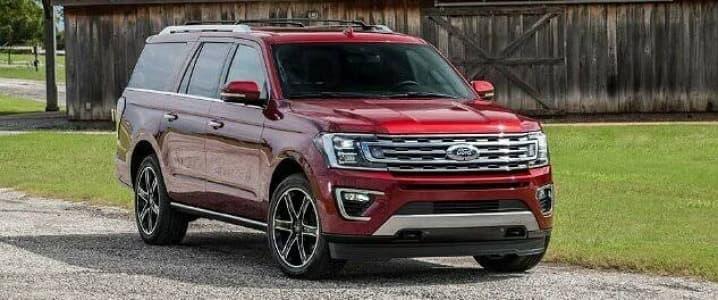SUVs Not EVs: The Electric Car Boom Hits A Snag
Authored by Jon LeSage via OilPrice.com,
Europe started its long-anticipated vehicle emissions rules on January 1, and China and the US (at least California) will be tightening theirs as well.
Automakers are, for the most part, complying. But what about car buyers?
Consumers are in love with sport utility vehicles (SUVs) for now, and getting them to switch over to smaller, more fuel efficient vehicles is becoming a much tougher sell. Sales data and market studies confirm these findings.
The International Energy Agency (IEA) says that there are now about 200 million SUVs around the world — up from about 35 million in 2010 and accounting for 60 percent of the increase in the global car fleet since 2010. While automakers have been building more fuel-efficient SUVs and pickup trucks in recent years, they’re still consuming a lot more gasoline than small cars, hybrids, and electric vehicles — and SUVs make up a much larger share of the market than these three vehicle segments.
“If the popularity of SUVs continues to rise in line with recent trends, this could add another 2 million barrels per day to our projection for 2040 oil demand,” the IEA said in its November World Energy Outlook 2019 report.
While electric vehicle sales are strong in China — strong enough to get Tesla to invest heavily in its Shanghai plant — SUVs have been even more popular with car shoppers in that market. Much of the same has happened in North American and Europe.
Stable gasoline prices and improved performance and safety are the dominant factors driving the popularity of SUVs in new vehicle sales; and manufacturers have been promoting a certain stylishness and sportiness in crossover and large SUVs at major auto shows. Owners enjoy the benefits of transporting their family members while loading the vehicle with travel bags, groceries, household electronics, sporting equipment, bikes, and more.
BMW is now seeing 44 percent of its global sales go to its “X” branded SUVs. The German automaker is investing heavily in designing and building more plug-in hybrid and battery electric vehicles to comply with stringent emissions rules in their major markets served. But SUVs are bringing a lot more in profit to the company.
Honda is finally rolling out a hybrid version of its popular CR-V crossover SUV, but it may not matter in terms of sales increases. The 2020 Honda CR-V makes it tougher for the competition in the US market. The nation’s best-selling compact-crossover SUV will now have a turbocharged engine and more safety features as standard equipment. Later in the year, the Japanese automaker will introduce the CR-V Hybrid that promises a 50-percent improvement in city fuel economy.
The long-awaited light-duty vehicle emission rules started in EU member countries on January 1. Vehicle manufacturers will have to sell many more electrified vehicles or pay costly fines, a situation similar to China’s rules. China’s new regulatory structure was influence heavily by California’s zero emission vehicle rules.
For automakers with product lineups with few EV offerings, they’ll need to sell lots of conventional cars and trucks, and use the profits to pay the fines. The Trump administration is fighting the California rules in court and national regulations, but California still makes up about half of the nation’s EV sales. The Trump rules will increase fuel efficiency and reduce emissions, but at a much slower pace and lower benchmarks for passenger and commercial vehicles than enacted nearly a decade ago by the Obama administration.
Industry analysts expect plug-in hybrid, battery electric vehicle, and hybrid vehicle sales to soar at some point in the future. For now, consumers are happy with larger, traditional gasoline-engine vehicles for the power, performance, fuel pump price stability, and pervasive availability of fuel stations. Diesel-powered passenger vehicles have also been growing in popularity with US buyers in recent years, as manufacturers offer variations of their popular truck models with diesel engines. A number of SUV models now offer diesel engines as well, including the popular Jeep brand.
The pressure is on for automakers and their suppliers to comply with emissions rules. The major stumbling block has been getting buyers — including consumers, fleets, and drivers of ride-hailing vehicles — to switch over to electrified models.
“Consumer preferences for SUVs could offset the benefits from electric cars,” the IEA warned in its report.
The agency said a doubling in market share had seen emissions from SUVs grow by nearly 0.55 gigatons of carbon dioxide (CO2) during the last decade to roughly 0.7 gigatons. As a result, SUVs were the second-largest contributor to the increase in global CO2 emissions since 2010 after the power sector. It’s been part of making passenger vehicles, along with medium- and heavy-duty commercial vehicles, a ripe target for regulators to tackle.
Tyler Durden
Tue, 01/14/2020 – 10:45
via ZeroHedge News https://ift.tt/35QLEIm Tyler Durden
